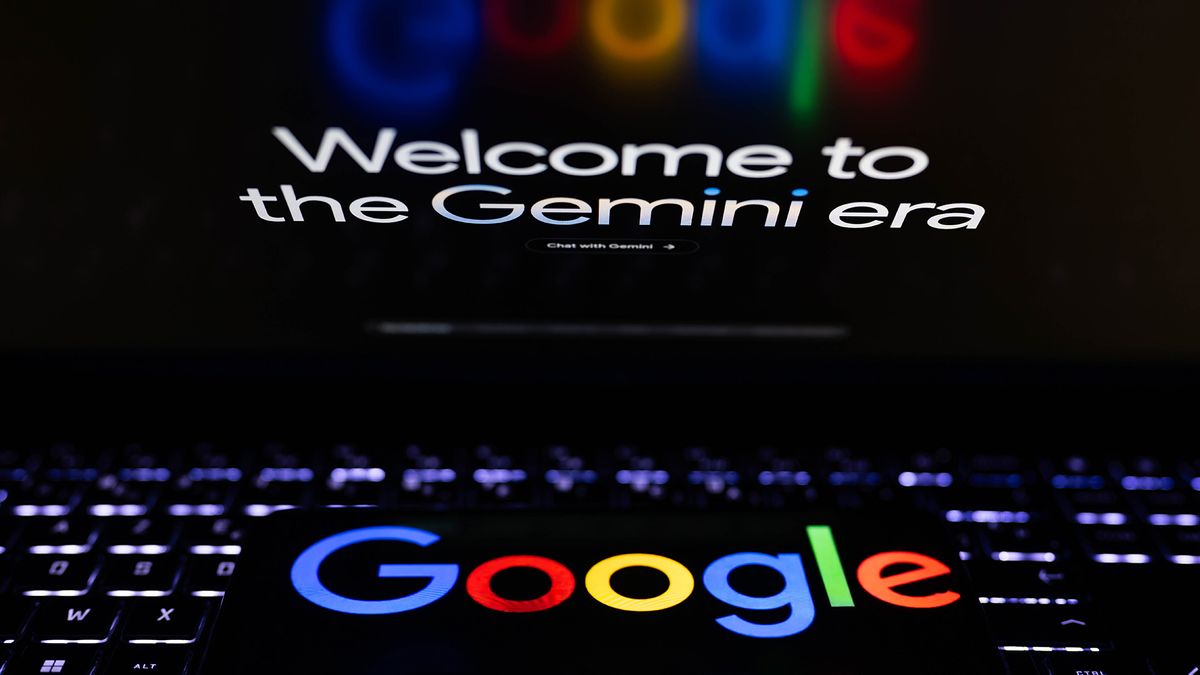What you need to know
- Nevada is reportedly getting ready to integrate a Google AI-powered system into its employment department to hasten benefit claims for unemployed workers.
- The state is reportedly buried in a backlog of claims dating back from the COVID-19 days, and the new system could scale down the review and recommendation process from several hours to five minutes.
- Experts have shown concern about the new approach and indicated that human intervention will be crucial to ensure that everything checks out, which could take as much time as the previous approach.
Generative AI is admittedly reshaping and redefining every aspect of our lives, and the job market has arguably been impacted the most. More organizations are broadly adopting cutting-edge technology into their workflow, leveraging its capabilities to handle mundane tasks.
While Microsoft’s latest Work Trend Index report indicates AI is creating job opportunities to an extent execs are worried they won’t find talent to fill vacancies in their companies, multiple employees are out of a job because of the rapid prevalence and adoption of the technology. It’s also worth noting recruiters won’t hire employees without an AI aptitude, prompting “a 142x increase in LinkedIn members adding AI skills like Copilot and ChatGPT to their profiles.”
In a surprising turn of events, AI will reportedly determine whether unemployed employees will get benefits in Nevada (via Gizmodo). The new system will run with Google AI under the hood to analyze transcripts of unemployment appeal hearings. Based on its findings, the tool will provide recommendations highlighting whether unemployed employees should get benefits.
According to Nevada state officials, the new approach could expedite the appeal process while simultaneously cutting costs and saving time that would have otherwise been spent reviewing and approving these requests. Nevada admits that it’s riddled with a backlog of cases that date back to the early days of the COVID-19 pandemic.
AI desperately needs human intervention
AI could cut the time to make these decisions to just five minutes. How accurate will this approach be, given AI’s shortcomings? According to Christopher Sewell, director of the Nevada Department of Employment, Training, and Rehabilitation (DETR), the state will integrate human intervention into this process to ensure the system doesn’t overlook important details.
“There’s no AI [written decisions] that are going out without having human interaction and that human review. We can get decisions out quicker so that it actually helps the claimant.”
This happens amid multiple misinformation reports and claims that AI is seemingly getting dumber. Microsoft recently updated its Services Agreement and categorically indicated AI isn’t ‘designed or intended’ to substitute professionals and should only be treated as a guide.
Given the complexity of this process, every detail in the presented documents must be factored into the final decision. While speaking to Gizmodo, the director of community engagement for Nevada Legal Services, Morgan Shah indicated:
“The time savings they’re looking for only happens if the review is very cursory. If someone is reviewing something thoroughly and properly, they’re really not saving that much time. At what point are you creating an environment where people are sort of being encouraged to take a shortcut?”
The new state-of-the-art Google AI-powered system poses great improvements to the unemployed employees’ benefits appeals process, however, there are critical issues abound, including privacy, security, and misrepresentation of facts.

